It was the night before the historic D-Day in 1944 when the US 101st Airborne Division paratroopers landed in the darkness behind the Axis lines. The dimness and the necessity for stealth implied that regular communication would be dangerous. In efforts to overcome this obstacle, the Allies used clickers.
What is a clicker?
This parallelepiped-shaped device, also called ‘cricket’, served as a functional recognition system for the US troops on Sainte-Mère-Église. It was meant to be clicked once when they landed along with someone close by. Two clicks in reply indicated a ‘friend’, while no response implied a ‘foe’. Check out John Wayne's explanation of how it worked here.
The invention of the clicker
Following the parachute drop into Sicily in 1943, Commander Taylor, who headed the 101st Airborne Division, realized the significance of communication once troops had penetrated the enemy’s territory. Dispersed and secluded, the paratroopers struggled to search and regroup without jeopardizing easy targets for the Nazi forces.
The US paratroopers seized a toy that was extremely famous at the time, and it was supplied to the troops a few days before Operation Overlord. Around 7,000 clickers were manufactured six months before D-Day. Some were plated with nickel and chrome, while others were in plain brass. Their sides were inscribed with "Normandy", "Operation Overlord", and "June 6, 1944"(D-Day).
Why were clickers banned?
The US troops assumed the likelihood for clickers to be captured and duplicated; thus, they were meant to be used only for 24 hours. After that, they were completely banned. This was a tactical attempt at securing the Allies’ war effort and provided paratroopers with an edge over the Axis forces.
After D-Day, several counterfeit clickers have been found, and very few authentic originals have been seen. The genuine ones come with instantly recognizable features from ACME, the manufacturer.
Here at Praesidus, we commemorate the sacrifice of fallen heroes and veterans by offering WW2 accessories. Our genuine reproduction clickers made by the same company, J. Hudson & Co. Ltd, in Birmingham, England, in the same factory, on the same machines, utilizing the same dies that created the authentic clickers supplies to the paratroopers of the US 101st Airborne Division on the fateful D-Day on June 6, 1944.


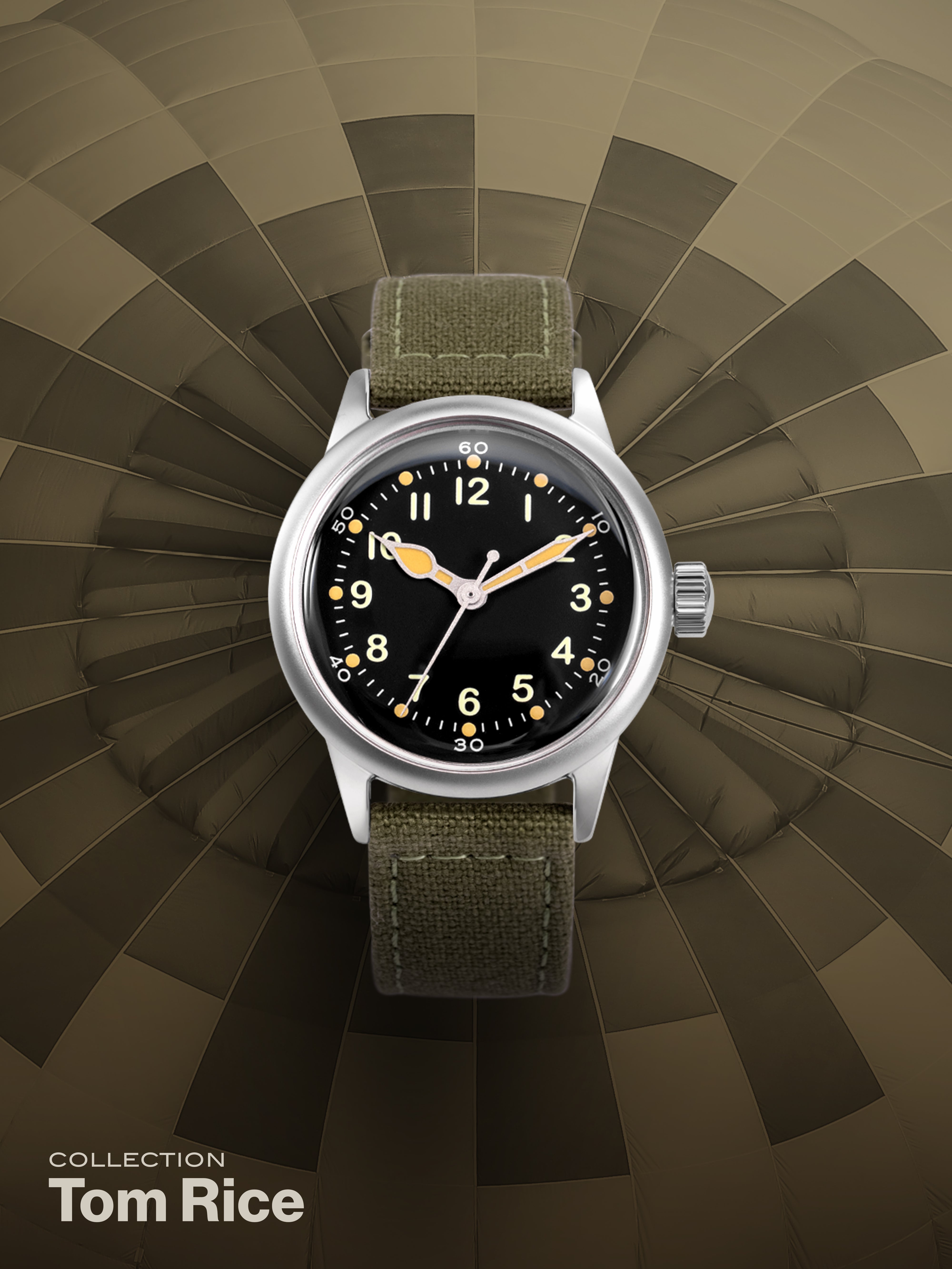
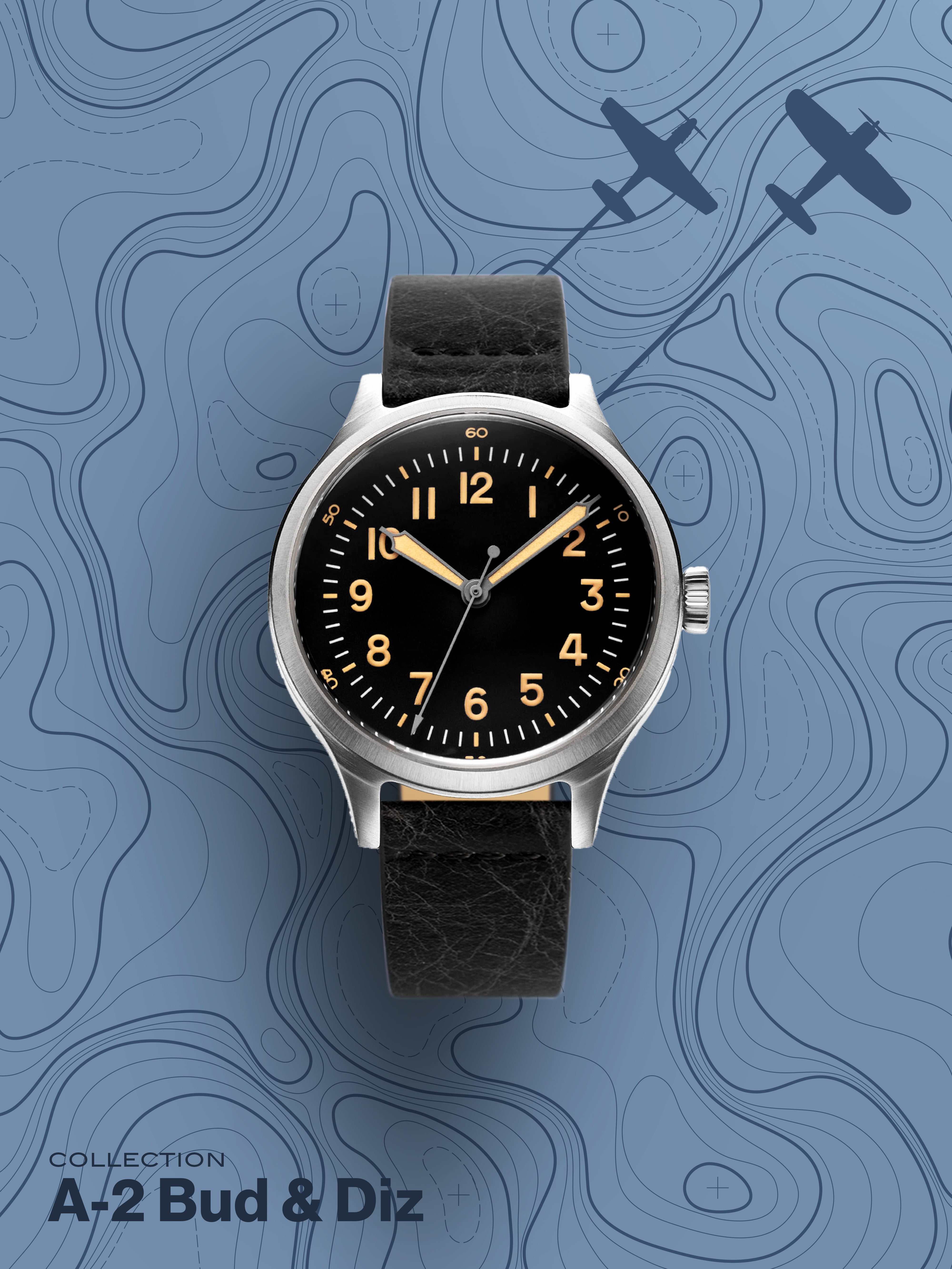
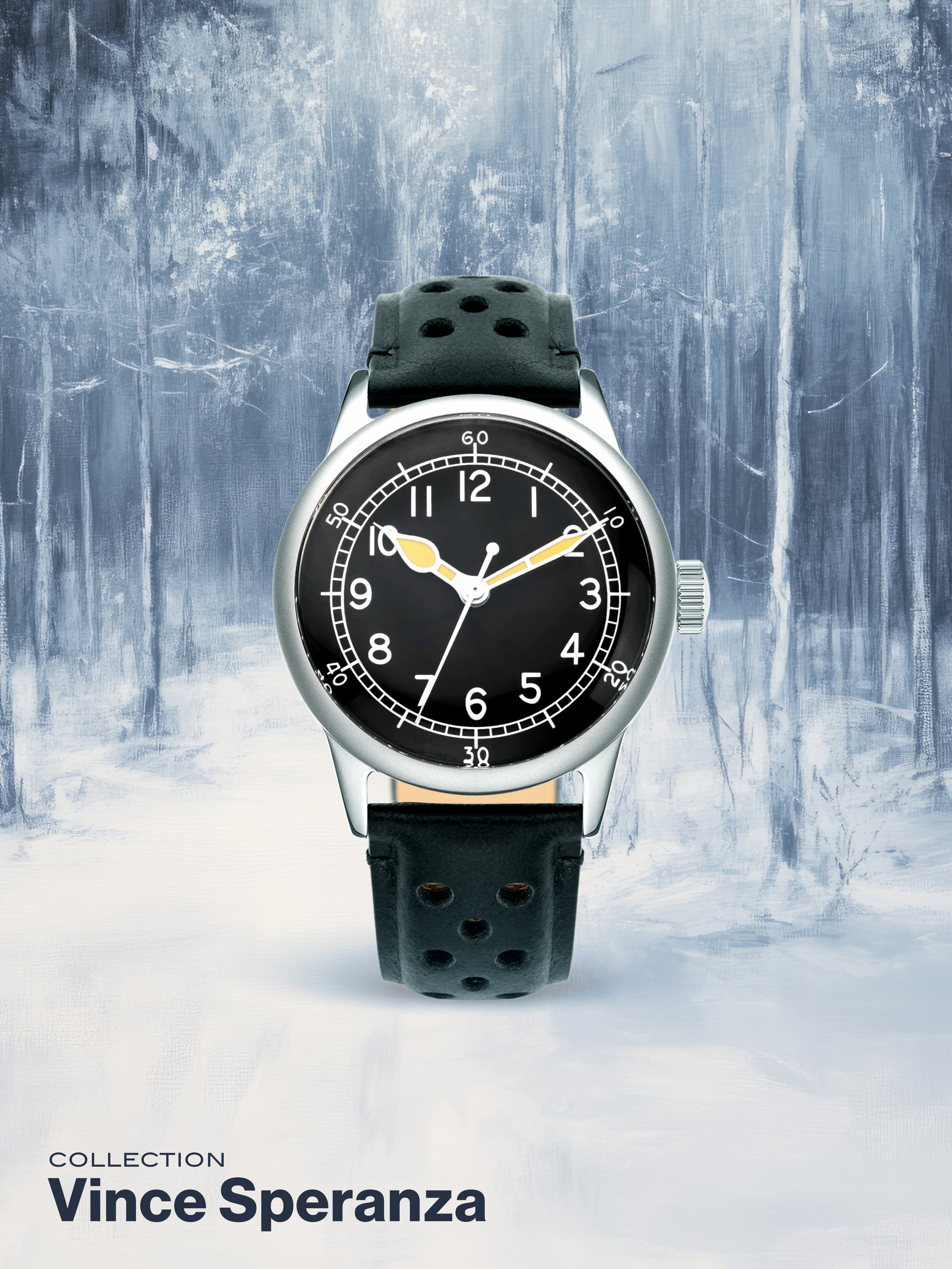
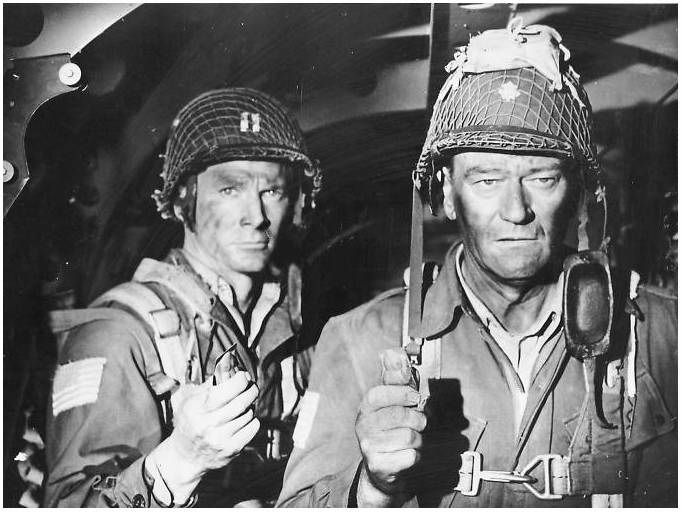
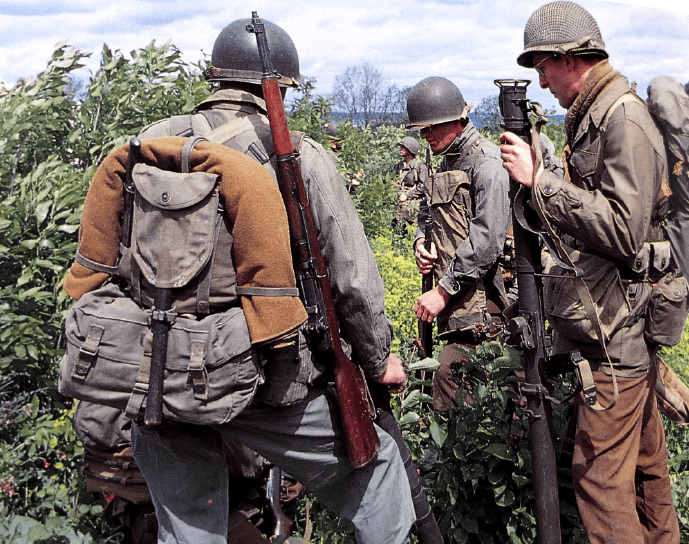
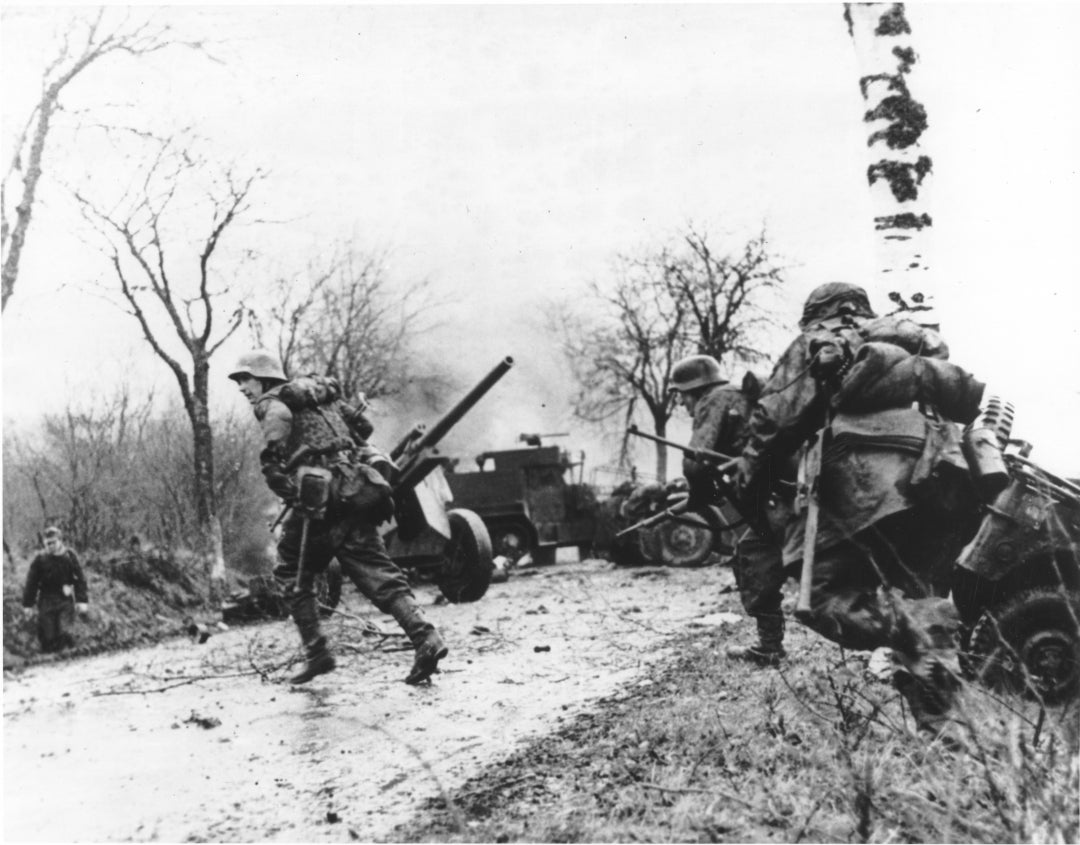




Leave a comment
This site is protected by hCaptcha and the hCaptcha Privacy Policy and Terms of Service apply.